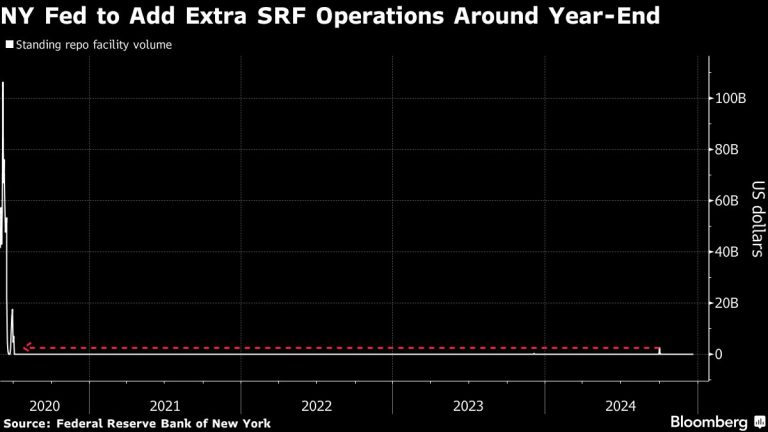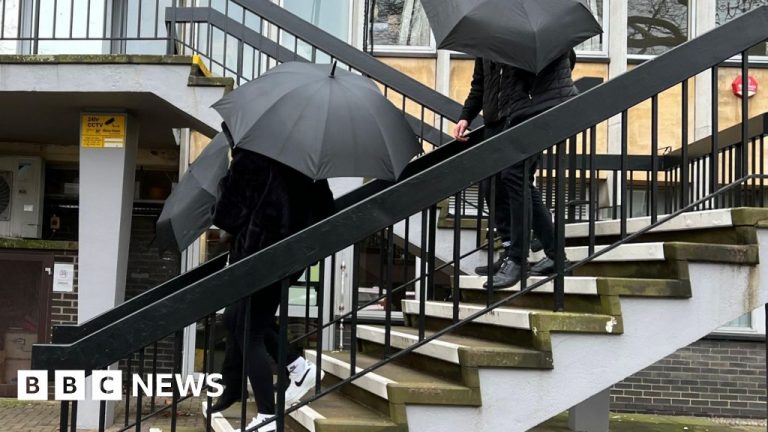The US government will shut down at 12.01am ET on Saturday unless Congress passes a stop-gap federal funding bill in time. But the politics are fraught and the consequences could include a halt to many federal programmes and payments to employees.
President-elect Donald Trump has already torpedoed one bipartisan deal proposed by Republican House Speaker Mike Johnson, plunging Capitol Hill deeper into chaos. Now Johnson is battling to find a compromise that will please both Trump and his fractious party.
“Welcome back to the MAGA swamp,” Hakeem Jeffries, the top House Democrat, wrote on social media platform Bluesky on Friday.
Why is the US government on the brink of a shutdown?
Congress must pass spending bills each year to fund the government — and pay the millions of federal employees that run it. Congressional squabbling about what is in the budget means agreement often comes down to the wire.
Lawmakers are technically supposed to pass a spending bill by the start of the fiscal year on October 1. But that bill didn’t have enough support in the Republican-controlled House. So they passed a short-term funding measure known as a continuing resolution, extending the deadline to December 20.
One crucial factor behind the squabbling is that the Republicans have a tiny majority in the House, so just a few defections imperil any legislation that the Speaker proposes. Many hard-right Trump allies in the House have opposed the funding bills.
This week, the main opposition came from outside Congress, when Trump, vice-president-elect JD Vance and tech billionaire Elon Musk trashed a bipartisan deal that Johnson had agreed.
Trump attacked the agreement for containing too many “giveaways” to Democrats, and made the explosive demand that any spending bill must raise or eliminate the debt ceiling, which restricts how much the federal government can borrow.
A new bill backed by Trump that would have funded the government until mid-March was comprehensively defeated in the House on Thursday, with almost all Democrats and 38 Republicans voting against it. Johnson vowed to “regroup” and put forward a new proposal on Friday.
What happens if the US government shuts down?
Without a bill, the government would be unable to pay millions of federal employees on its payroll.
It would immediately begin shutting down “non-essential” functions, including national parks, environmental and food inspections and the Internal Revenue Service. Hundreds of thousands of workers could be furloughed. During a 2013 shutdown that lasted 16 days, 850,000 government employees were furloughed.
Services deemed essential, such as the military, law enforcement, border security, air traffic control and in-hospital medical treatment would continue, but government workers in those roles would not be paid until a spending bill was passed.
The last shutdown, during Trump’s first term in 2018, lasted for a record 35 days. Trump and hardline Republicans in Congress have indicated they would have no issue repeating that feat.
“The government can shut down all the way until Jan 20th as far as I’m concerned,” Republican firebrand congresswoman Marjorie Taylor Greene posted on X this week. “AND WE MUST STAND FIRM WITH THE AMERICAN PEOPLE TO STOP THE MADNESS!
What is Elon Musk’s role?
Musk, who has been appointed by Trump to head up an efficiency drive in the new administration, has been an outspoken critic of government excess and played a leading role in scuppering the initial bipartisan bill.
“Any member of the House or Senate who votes for this outrageous spending bill deserves to be voted out in 2 years!” Musk posted on his X on Wednesday. Trump subsequently came out against the bill and it was quickly ditched.
Democrats have argued this underlines the outsized influence that the world’s richest man has been given in the new administration — an attack line that attempts to get under the president-elect’s skin.
“Elon Musk has Donald Trump in a vice,” said Dan Goldman, a Democratic New York congressman, on Thursday. “It is very clear that Elon Musk is now calling the shots.”
Jefferies described the measure that failed on Thursday night as the “Musk-Johnson government shutdown bill”.
Does Trump want a shutdown?
After blowing up the bipartisan deal, Trump has said he would rather have a shutdown before he takes office, so he can lay the blame squarely on Joe Biden and congressional Democrats.
“If there is going to be a shutdown of government, let it begin now, under the Biden Administration, not after January 20th, under ‘TRUMP’”, the president-elect posted on his Truth Social platform on Friday. “This is a Biden problem to solve, but if Republicans can help solve it, they will!”
Trump also renewed his demand on Friday that any deal should lift or get rid of the debt ceiling — a move that would give him a freer hand over budgets when he returns to power next year.
“Congress must get rid of, or extend out to, perhaps, 2029, the ridiculous Debt Ceiling. Without this, we should never make a deal”, Trump wrote on Truth Social. “Remember, the pressure is on whoever is President.”
Will this happen again in three months?
It could. The first two iterations of a stop-gap bill extended current government funding levels through to March 14, but lawmakers could change that date in a third version.
Regardless of how long a funding deal covers, a fight will happen all over again when it expires — and it could be just as difficult. However, a stop-gap bill would give lawmakers more time to negotiate and even work out a broader spending deal, as opposed to another continuing resolution.
One element that could look very different is the identity of the Speaker. Johnson needs the support of lawmakers in his party when the House votes on a Speaker in January, but he is facing the wrath of some Republicans over the bipartisan deal.
Rightwing Republicans have repeatedly threatened their own leadership in the House over spending issues, including a revolt that unseated then-Speaker Kevin McCarthy in 2023.
Additional reporting by Alex Rogers in Washington

























+ There are no comments
Add yours